Ecoreefs and Terraforming Environments: A New Frontier
Introduction
Ecoreefs, also known as artificial reefs, are human-made underwater structures typically built to promote marine life. These structures often mimic the characteristics of natural reefs and are usually constructed from materials such as concrete, steel, and even decommissioned ships. Ecoreefs play a crucial role in restoring damaged ecosystems, providing habitats for marine organisms, and aiding in the recovery of depleted fish populations.
Terraforming, on the other hand, is the hypothetical process of deliberately modifying the atmosphere, temperature, surface topography, or ecology of a planet, moon, or other body to make it habitable by Earth-like life. It’s a concept that has been popularized in science fiction and is being seriously considered as a future possibility for planets like Mars.
Ecoreefs: Reviving Marine Ecosystems
Ecoreefs serve as an effective solution to the problem of coral reef degradation, which is a significant issue facing our oceans today. Coral reefs are vital to marine ecosystems as they provide food, shelter, and breeding grounds for a wide variety of marine species. However, due to factors such as climate change, pollution, and overfishing, many coral reefs around the world are in decline.
Ecoreefs help mitigate this problem by providing new habitats for marine life. They are designed to encourage the growth of corals and other marine organisms, thereby increasing biodiversity and helping to restore damaged ecosystems. Moreover, ecoreefs can also serve as effective breakwaters, reducing wave energy and preventing coastal erosion.
Terraforming: Shaping New Worlds
While ecoreefs are about restoring and preserving life on Earth, terraforming is about creating it elsewhere. The idea is to transform a hostile environment into one that can sustain life as we know it. This process would involve altering a planet’s atmosphere, temperature, and landscape to make it similar to Earth’s.
One of the primary candidates for terraforming is Mars. Scientists propose to do this by thickening the planet’s thin atmosphere, warming its freezing surface, and adding components like nitrogen and oxygen. The end goal is to create an environment where humans and other Earth life forms could survive without the need for life-supporting equipment.
The Intersection of Ecoreefs and Terraforming
While ecoreefs and terraforming might seem like disparate fields, they share a common goal: the creation and preservation of life. Both fields require a deep understanding of ecology and environmental science, and both have the potential to make a significant impact on the future of life on Earth and beyond.
In a way, ecoreefs could be seen as a form of terraforming here on Earth. They involve modifying the environment to make it more hospitable to life. Similarly, the lessons learned from creating and maintaining ecoreefs could be applied to future terraforming efforts on other planets.
Conclusion
Ecoreefs and terraforming represent two sides of the same coin: one is about healing and preserving life on our home planet, and the other is about spreading life to the stars. As we continue to explore these fields, we may find that the line between them becomes increasingly blurred. After all, whether it’s under the sea or on another planet, the ultimate goal is the same: to create and sustain life.
Engage with Us
We hope you found this exploration of ecoreefs and terraforming enlightening. We believe that we can learn more by the idea of shared knowledge and collaboration. Therefore, we invite you to leave your comments, share your ideas, or suggest improvements. Your feedback could provide new perspectives and drive future discussions. Whether you’re a marine biologist, an astrobiologist, or just someone fascinated by these topics, we’d love to hear from you. Remember, your voice can shape the future of these exciting frontiers.
#Ecoreefs #Terraforming #MarineLife #Conservation #Ecology #FutureTech



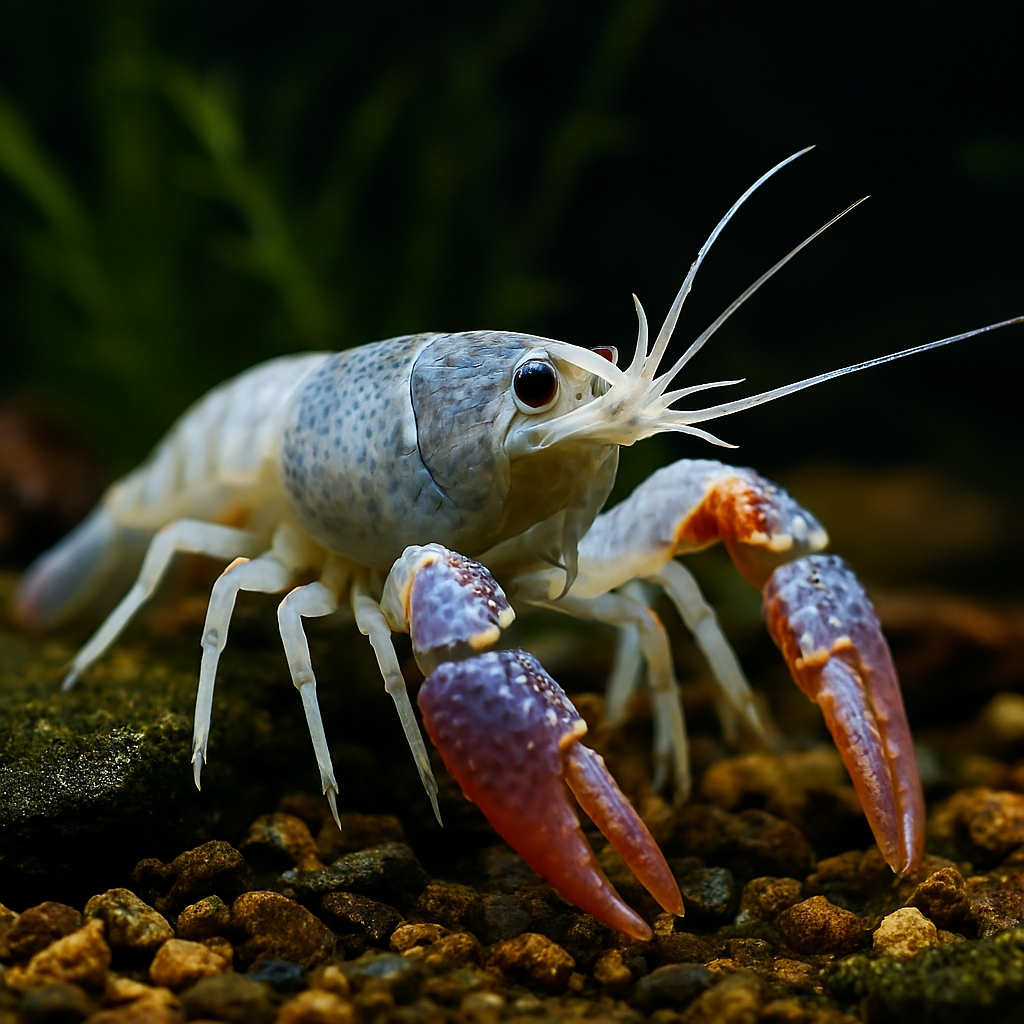







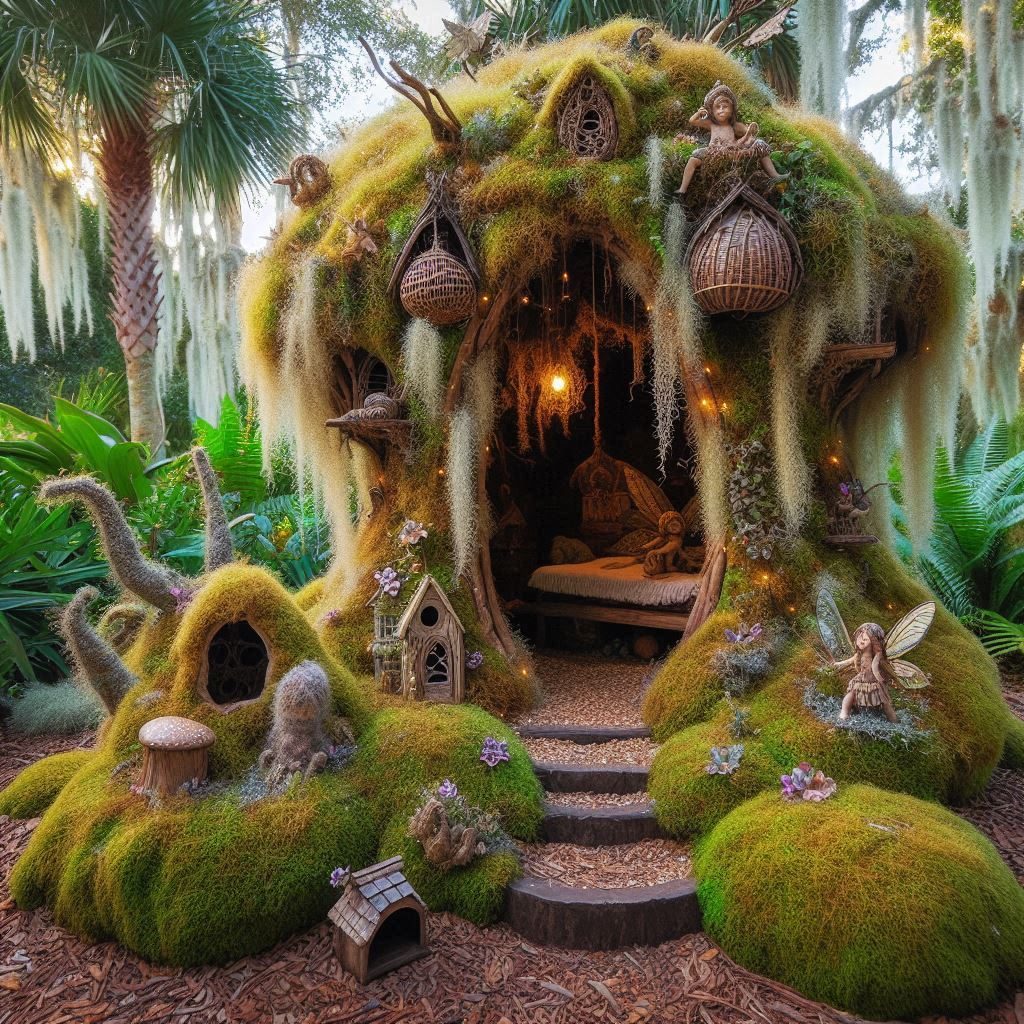

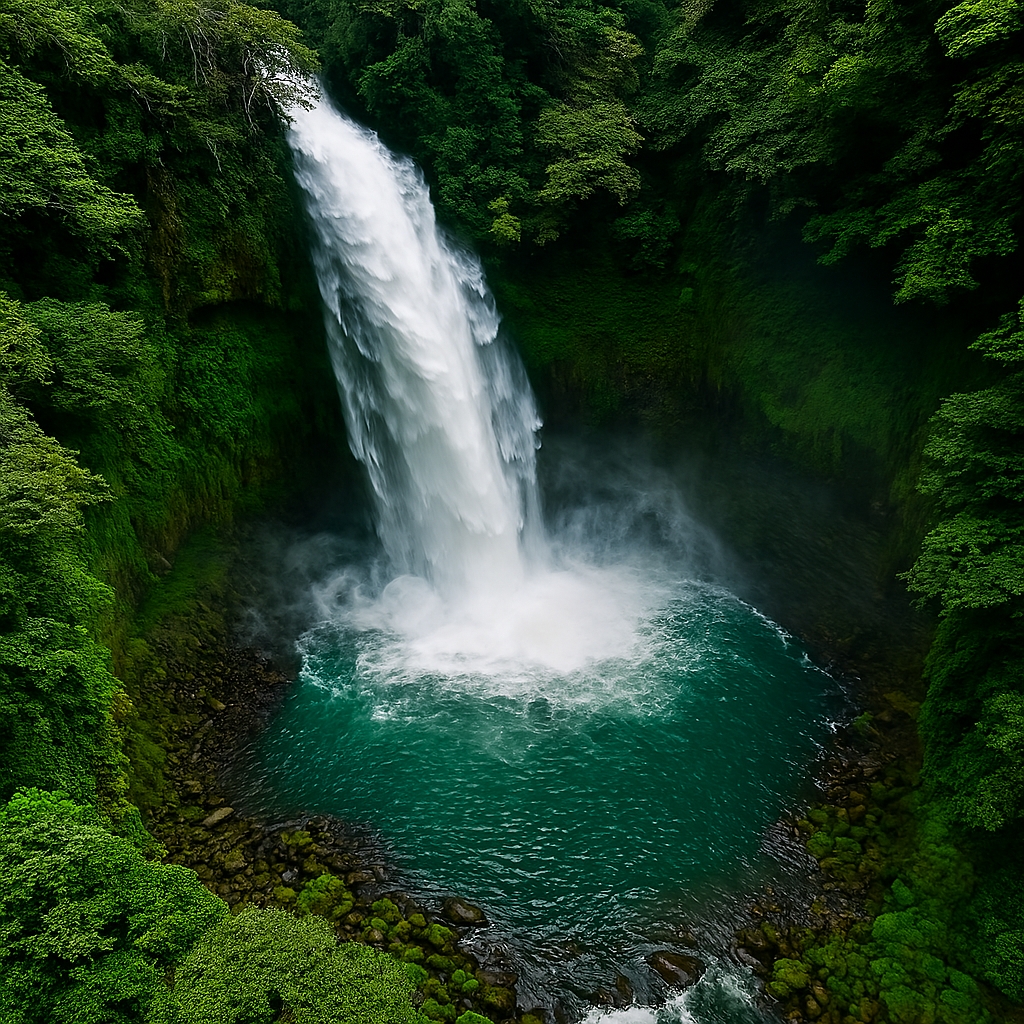

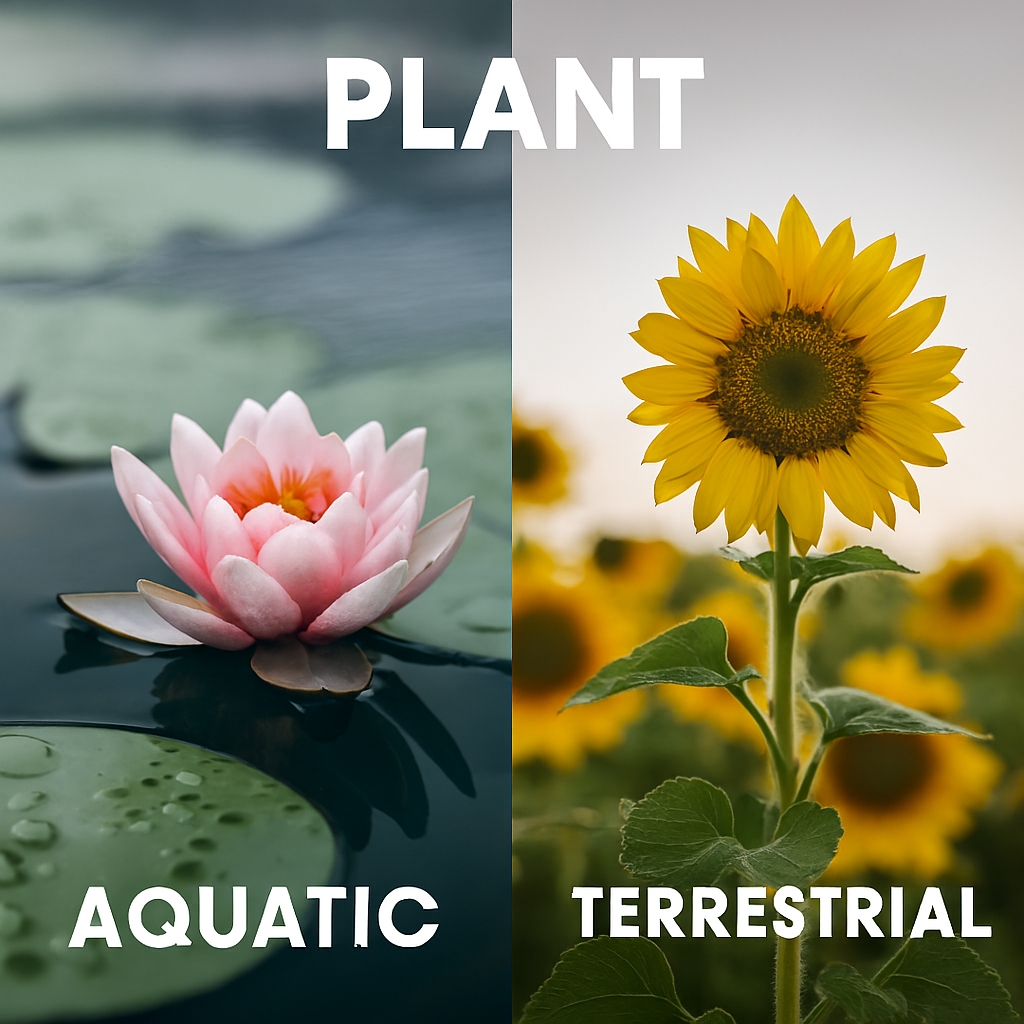
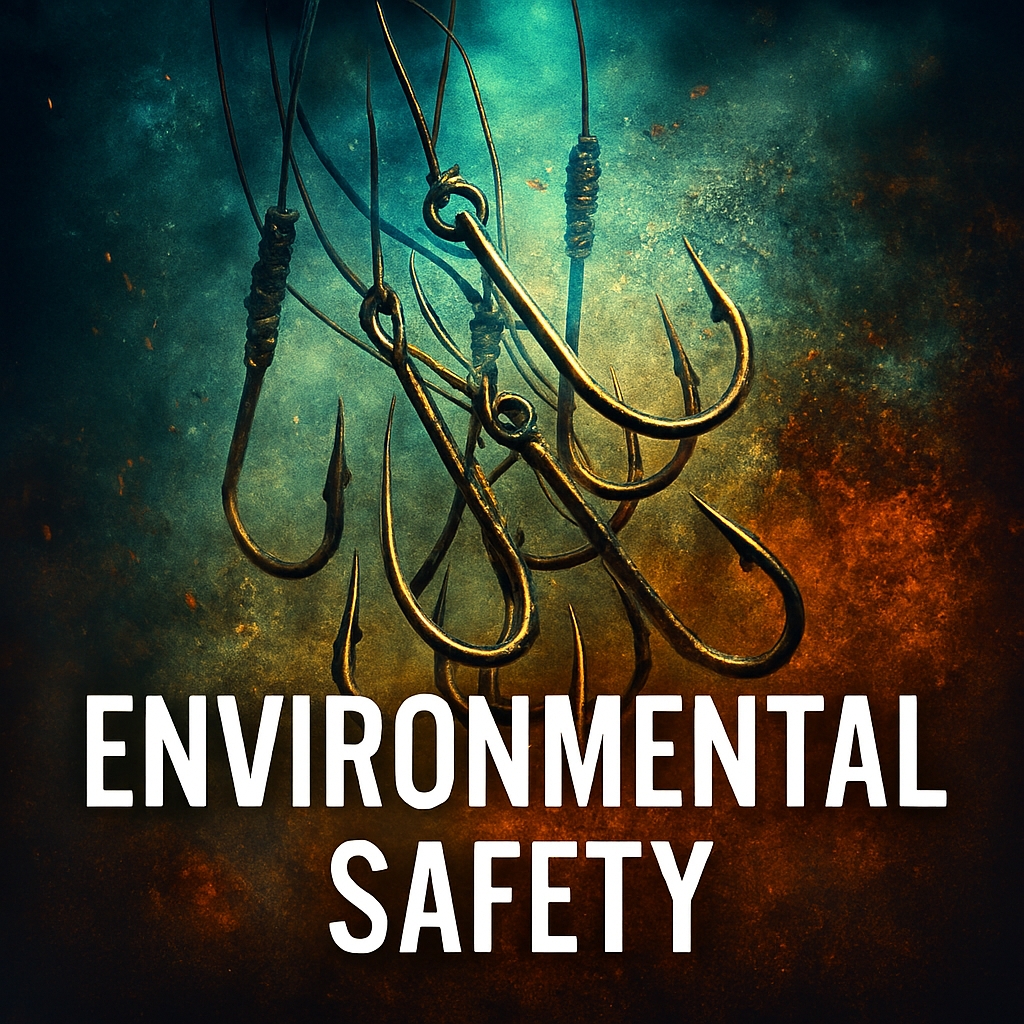
Leave a Reply